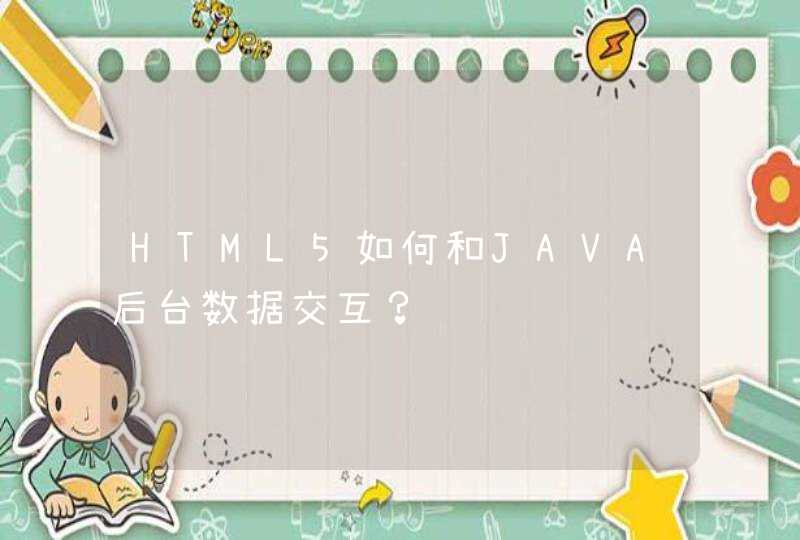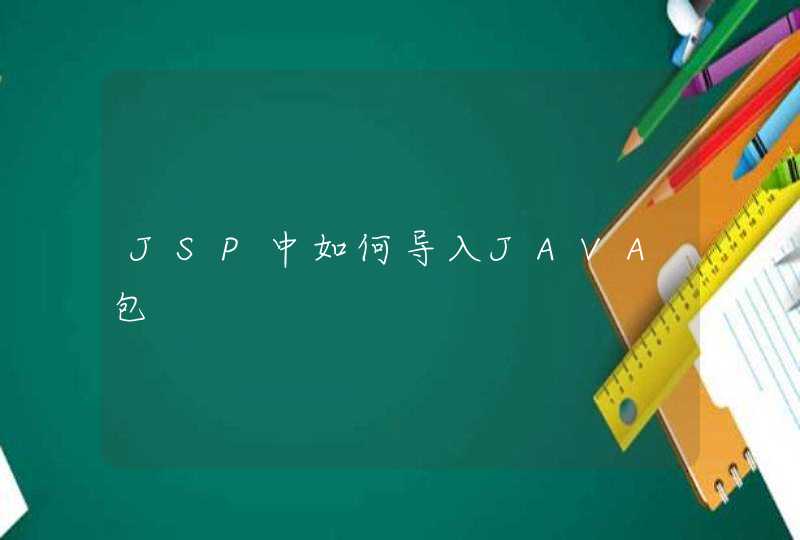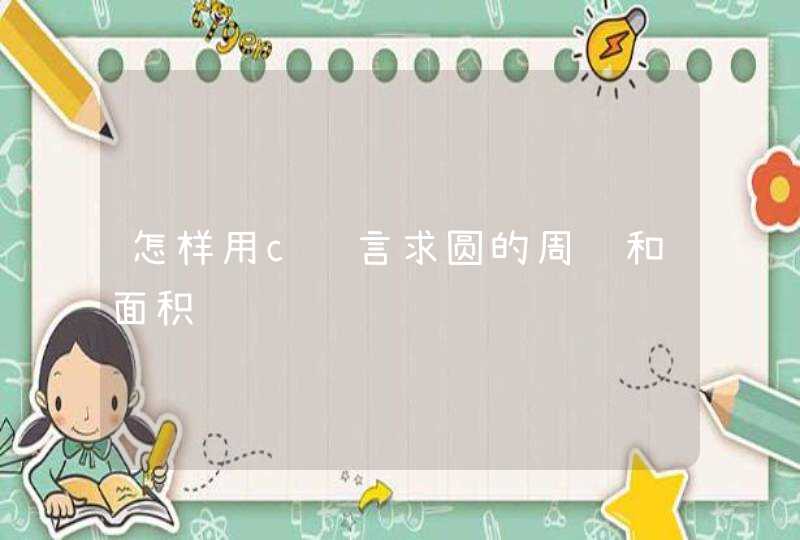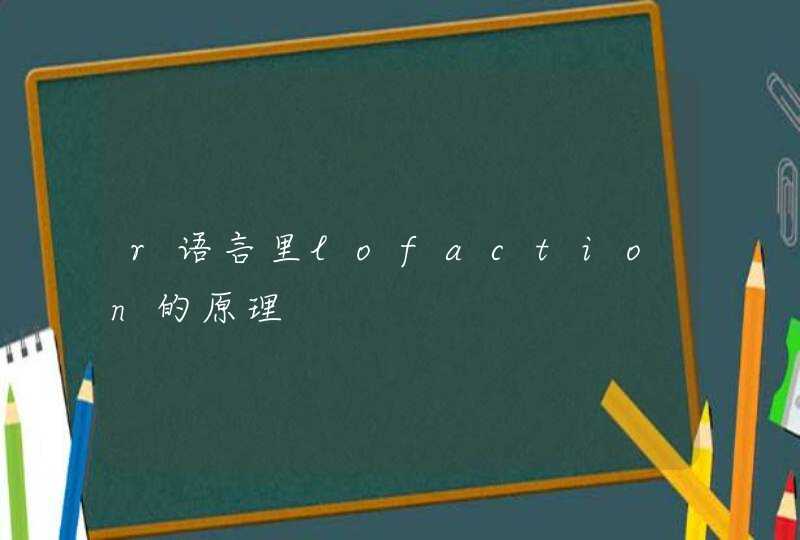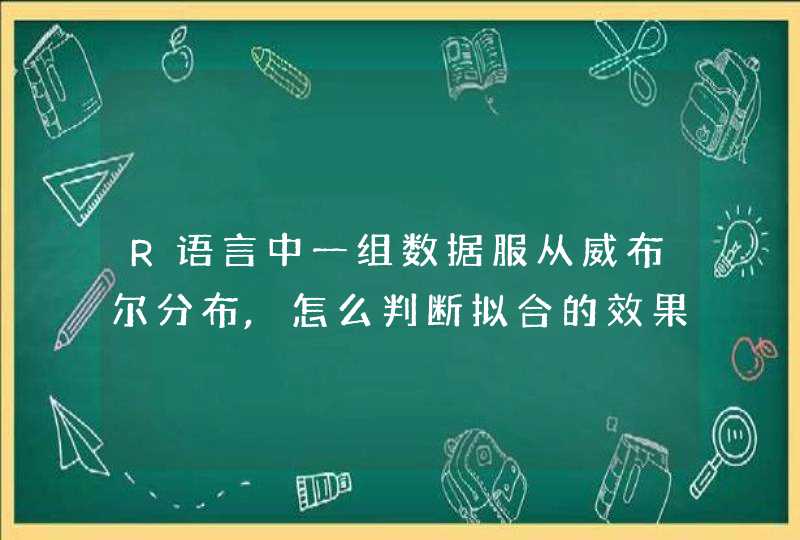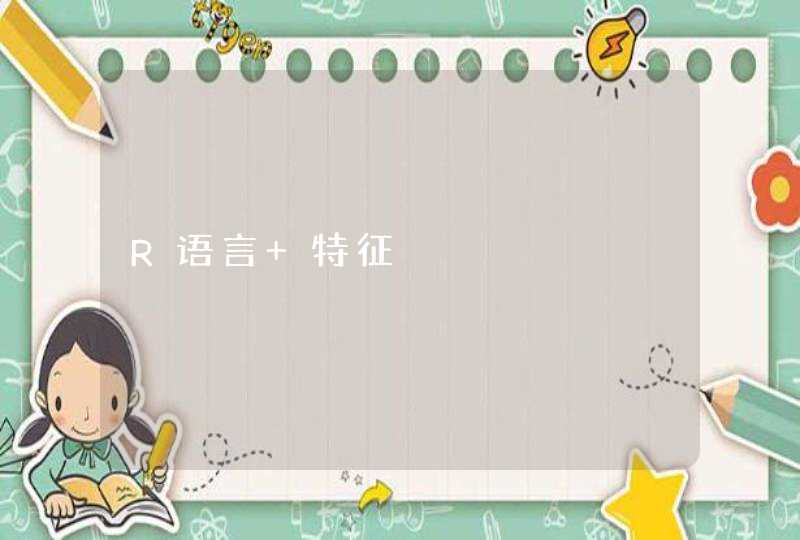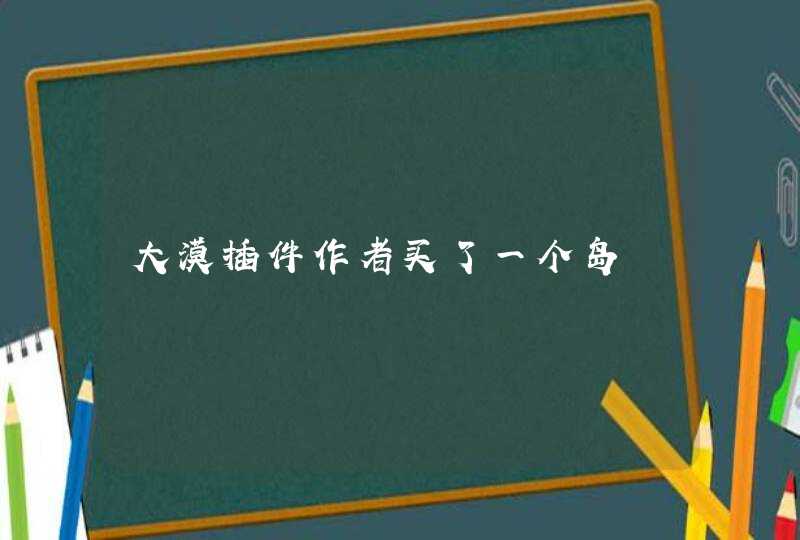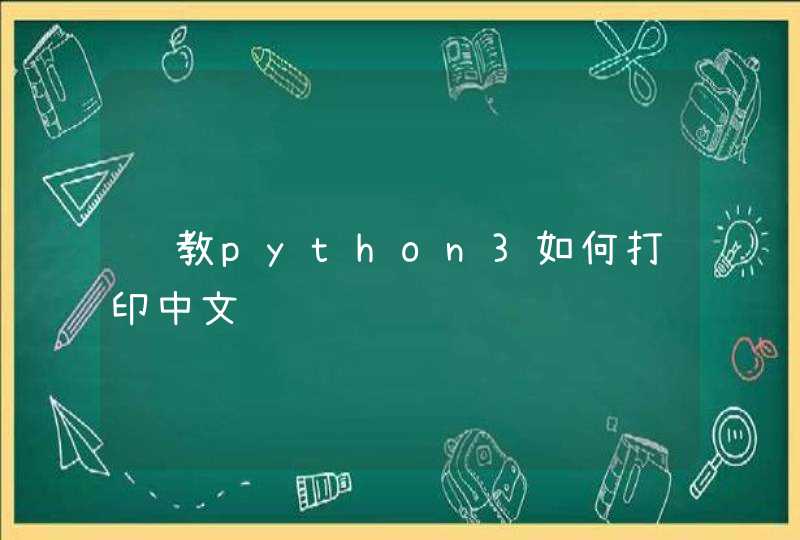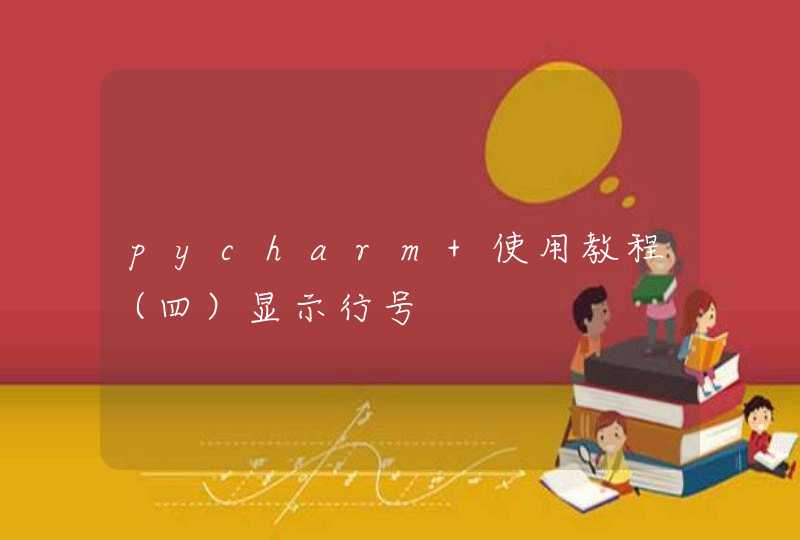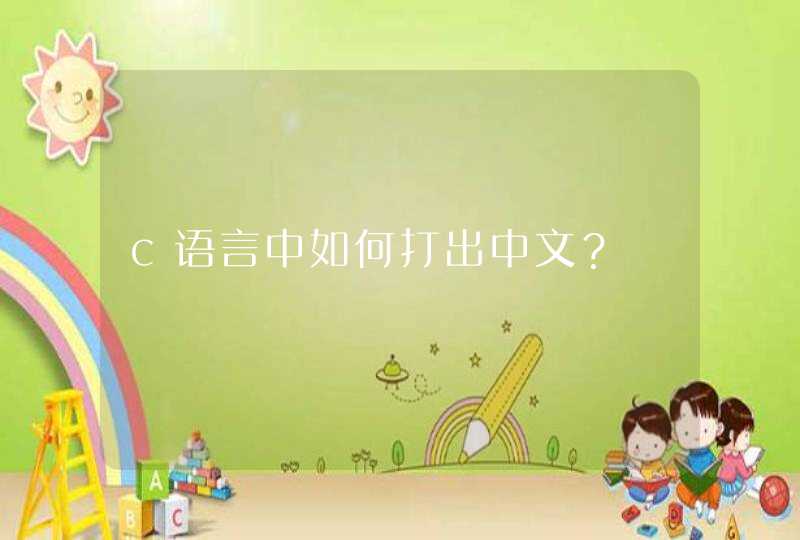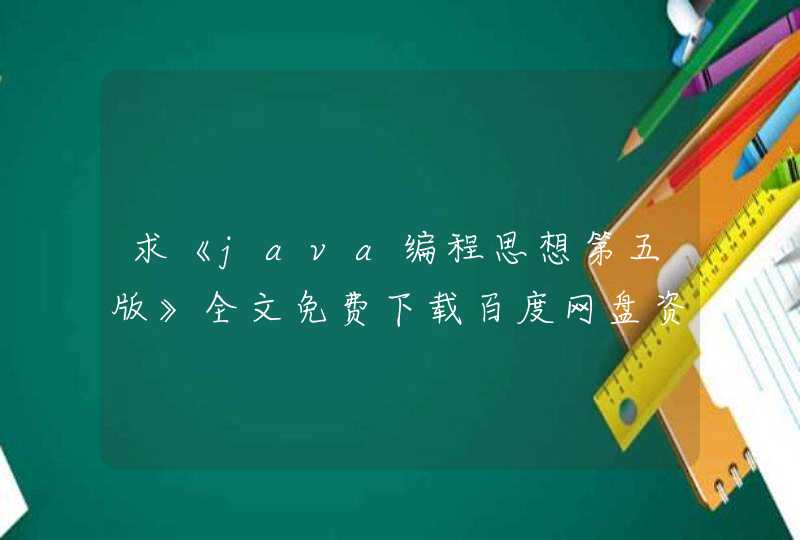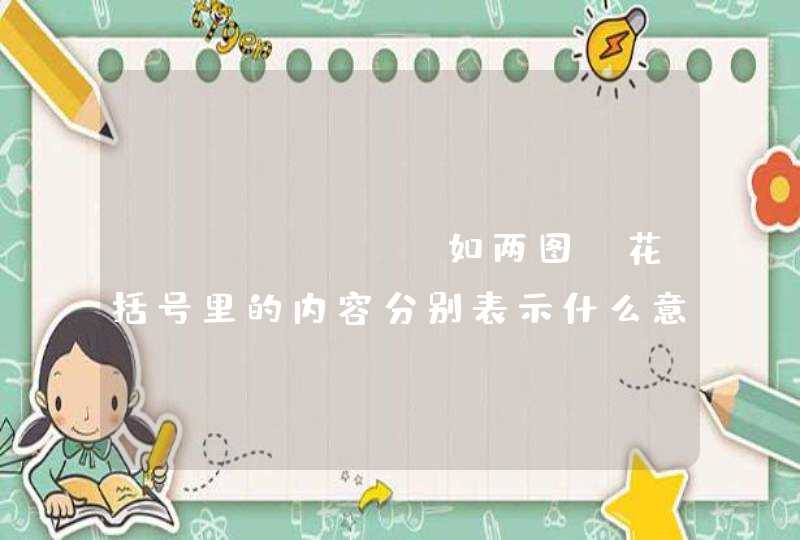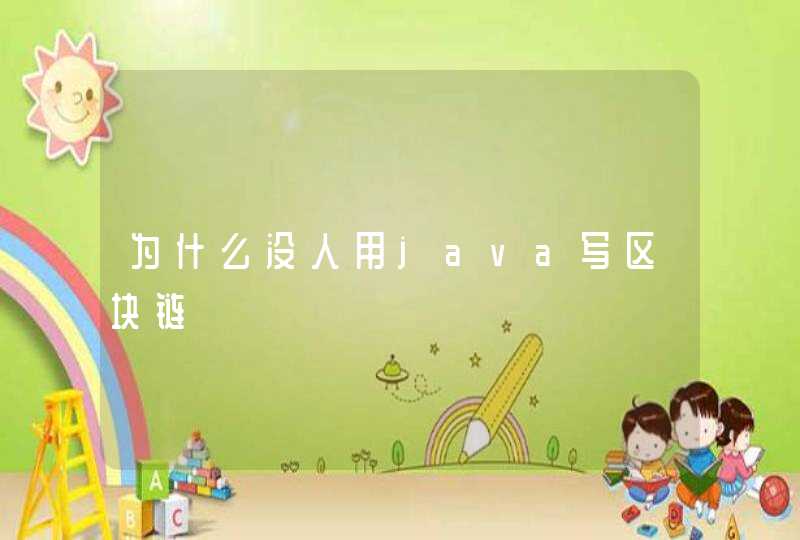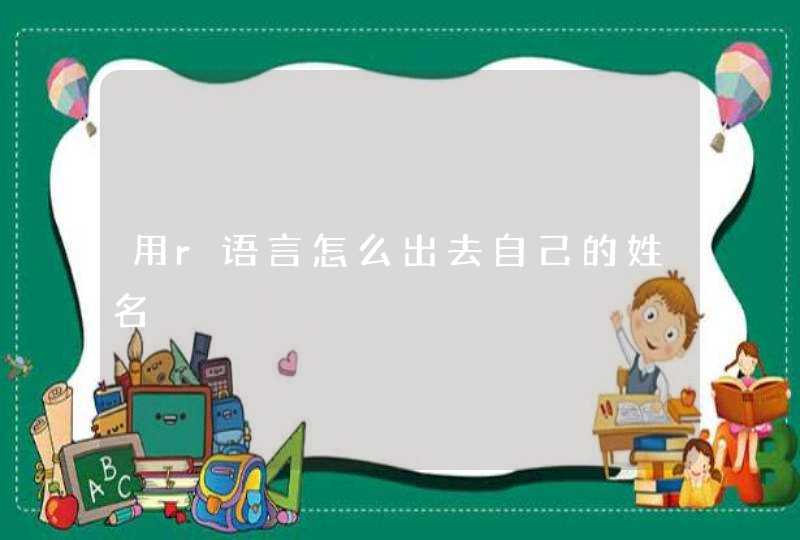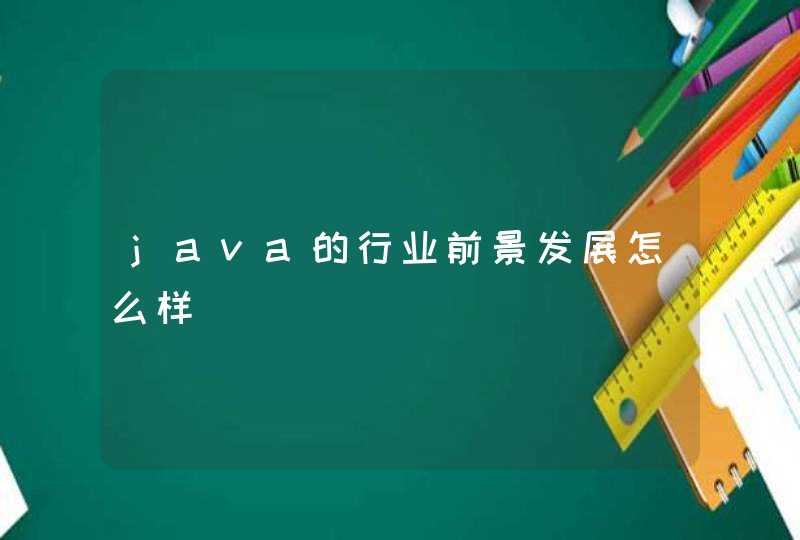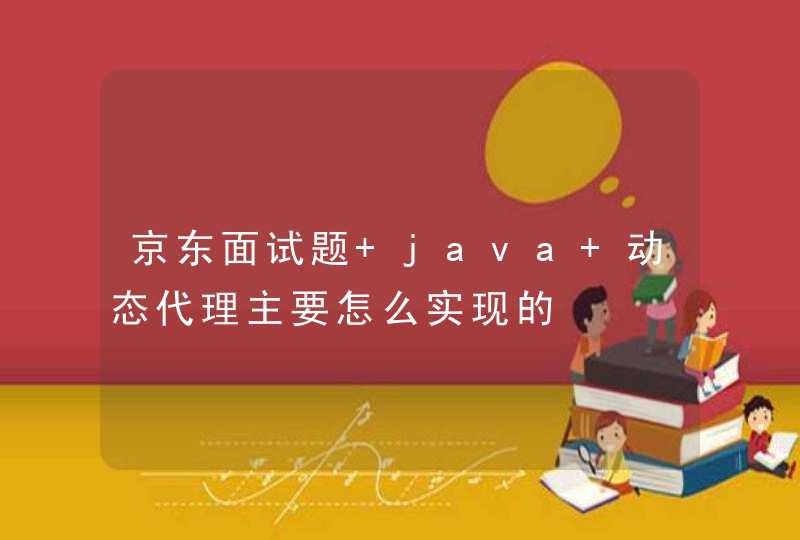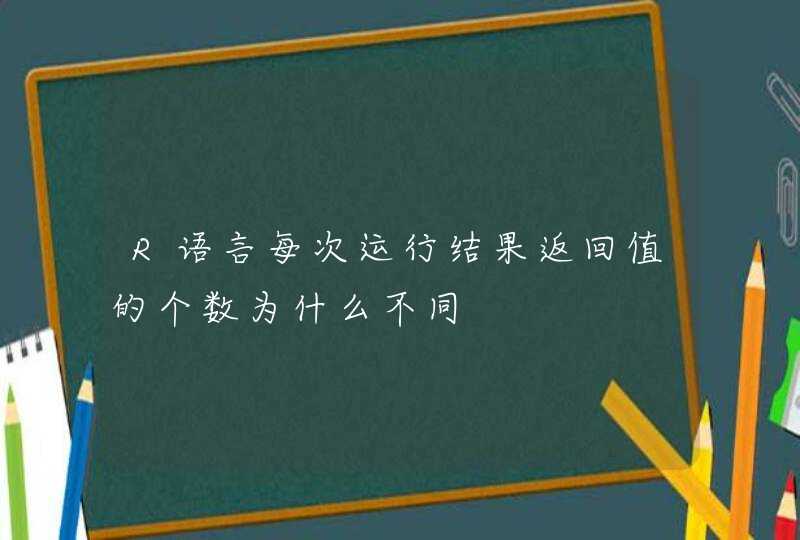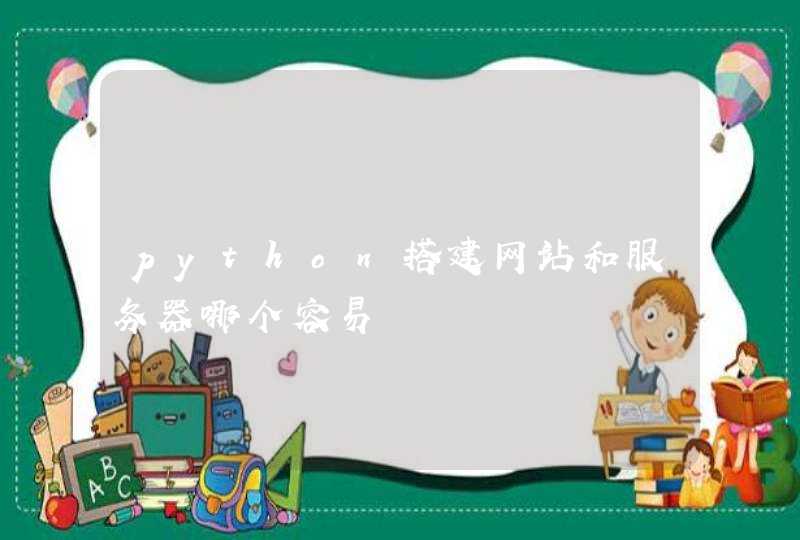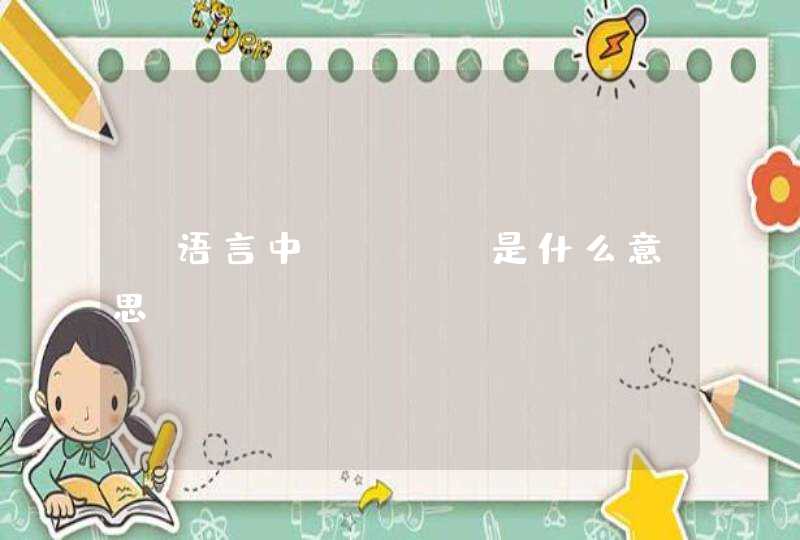
public class Yaojing {
protected String name
protected int age
protected String gender
public void showBasicInfo() {
System.out.println(toString())
}
public void eatTangSeng() {
System.out.println("吃饱了")
}
@Override
public String toString() {
return "Yaojing [name=" + name + ", age=" + age + ", gender=" + gender + "]"
}
}
第二个类
public class Zhizhujing extends Yaojing {
public void buildNet(){
System.out.println("蜘蛛在织网")
}
}
第三个类
public class Baigujing extends Yaojing {
public void beBeauty(){
System.out.println("白骨精")
}
}
继承是面向对象编程技术的一块基石,因为它允许创建分等级层次的类。运用继承,你能够创建一个通用类,它定义了一系列相关项目的一般特性。该类可以被更具体的类继承,每个具体的类都增加一些自己特有的东西。在Java 术语学中,被继承的类叫超类(superclass ),继承超类的类叫子类(subclass )。因此,子类是超类的一个专门用途的版本,它继承了超类定义的所有实例变量和方法,并且为它自己增添了独特的元素。继承一个类,只要用extends 关键字把一个类的定义合并到另一个中就可以了。为了理解怎样继承,让我们从简短的程序开始。下面的例子创建了一个超类A和一个名为B的子类。注意怎样用关键字extends 来创建A的一个子类。
// A simple example of inheritance.
// Create a superclass.
class A {
int i, j
void showij() {
System.out.println("i and j: " + i + " " + j)
}
}
class B extends A {
int k
void showk() {
System.out.println("k: " + k)
}
void sum() {
System.out.println("i+j+k: " + (i+j+k))
}
}
class SimpleInheritance {
public static void main(String args[]) {
A superOb = new A()
B subOb = new B()
System.out.println("Contents of superOb: ")
superOb.showij()
System.out.println()
subOb.i = 7
subOb.j = 8
subOb.k = 9
System.out.println("Contents of subOb: ")
subOb.showij()
subOb.showk()
System.out.println()
System.out.println("Sum of i, j and k in subOb:")
subOb.sum()
}
}
该程序的输出如下:
Contents of superOb:
i and j: 10 20
Contents of subOb:
i and j: 7 8
k: 9
Sum of i, j and k in subOb:
i+j+k: 24
像你所看到的,子类B包括它的超类A中的所有成员。这是为什么subOb 可以获取i和j 以及调用showij( ) 方法的原因。同样,sum( ) 内部,i和j可以被直接引用,就像它们是B的一部分。
尽管A是B的超类,它也是一个完全独立的类。作为一个子类的超类并不意味着超类不能被自己使用。而且,一个子类可以是另一个类的超类。声明一个继承超类的类的通常形式如下:
class subclass-name extends superclass-name {
// body of class
}
你只能给你所创建的每个子类定义一个超类。Java 不支持多超类的继承(这与C++ 不同,在C++中,你可以继承多个基础类)。你可以按照规定创建一个继承的层次。该层次中,一个子类成为另一个子类的超类。然而,没有类可以成为它自己的超类。
成员的访问和继承
尽管子类包括超类的所有成员,它不能访问超类中被声明成private 的成员。例如,考虑下面简单的类层次结构:
/* In a class hierarchy, private members remain private to their class.
This program contains an error and will not compile.
*/
// Create a superclass.
class A {
int i
private int j// private to A
void setij(int x, int y) {
i = xj = y
}
}
// A"s j is not accessible here.
class B extends A {
int totalvoid sum() {
total = i + j// ERROR, j is not accessible here
}
}
class Access {
public static void main(String args[]) {
B subOb = new B()
subOb.setij(10, 12)
subOb.sum()
System.out.println("Total is " + subOb.total)
}
}
该程序不会编译,因为B中sum( ) 方法内部对j的引用是不合法的。既然j被声明成private,它只能被它自己类中的其他成员访问。子类没权访问它。
注意:一个被定义成private 的类成员为此类私有,它不能被该类外的所有代码访问,包括子类。
更实际的例子
让我们看一个更实际的例子,该例子有助于阐述继承的作用。新的类将包含一个盒子的宽度、高度、深度。
// This program uses inheritance to extend Box.
class Box {
double widthdouble heightdouble depth
// construct clone of an object
Box(Box ob) { // pass object to constructor
width = ob.width
height = ob.height
depth = ob.depth
}
// constructor used when all dimensions specified
Box(double w, double h, double d) {
width = w
height = h
depth = d
}
// constructor used when no dimensions specified
Box() {
width = -1// use -1 to indicate
height = -1// an uninitialized
depth = -1// box
}
// constructor used when cube is created
Box(double len) {
width = height = depth = len
}
// compute and return volume double
volume() {
return width * height * depth
}
}
BoxWeight extends Box {
double weight// weight of box
// constructor for BoxWeight
BoxWeight(double w, double h, double d, double m) {
width = w
height = h
depth = d
weight = m
}
}
class DemoBoxWeight {
public static void main(String args[]) {
BoxWeight mybox1 = new BoxWeight(10, 20, 15, 34.3)
BoxWeight mybox2 = new BoxWeight(2, 3, 4, 0.076)
double vol
vol = mybox1.volume()
System.out.println("Volume of mybox1 is " + vol)
System.out.println("Weight of mybox1 is " + mybox1.weight)
System.out.println()
vol = mybox2.volume()
System.out.println("Volume of mybox2 is " + vol)
System.out.println("Weight of mybox2 is " + mybox2.weight)
}
}
该程序的输出显示如下:
Volume of mybox1 is 3000.0
Weight of mybox1 is 34.3
Volume of mybox2 is 24.0
Weight of mybox2 is 0.076
BoxWeight 继承了Box 的所有特征并为自己增添了一个weight 成员。没有必要让BoxWeight 重新创建Box 中的所有特征。为满足需要我们只要扩展Box就可以了。
继承的一个主要优势在于一旦你已经创建了一个超类,而该超类定义了适用于一组对象的属性,它可用来创建任何数量的说明更多细节的子类。每一个子类能够正好制作它自己的分类。例如,下面的类继承了Box并增加了一个颜色属性:
// Here, Box is extended to include color.
class ColorBox extends Box {
int color// color of box
ColorBox(double w, double h, double d, int c) {
width = w
height = h
depth = d
color = c
}
}
记住,一旦你已经创建了一个定义了对象一般属性的超类,该超类可以被继承以生成特殊用途的类。每一个子类只增添它自己独特的属性。这是继承的本质。
超类变量可以引用子类对象
超类的一个引用变量可以被任何从该超类派生的子类的引用赋值。你将发现继承的这个方面在很多条件下是很有用的。例如,考虑下面的程序:
class RefDemo {
public static void main(String args[]) {
BoxWeight weightbox = new BoxWeight(3, 5, 7, 8.37)
Box plainbox = new Box()double vol
vol = weightbox.volume()
System.out.println("Volume of weightbox is " + vol)
System.out.println("Weight of weightbox is " + weightbox.weight)
System.out.println()
// assign BoxWeight reference to Box reference
plainbox = weightbox
vol = plainbox.volume()// OK, volume() defined in Box
System.out.println("Volume of plainbox is " + vol)
/* The following statement is invalid because plainbox does not define a weight member. */
// System.out.println("Weight of plainbox is " + plainbox.weight)
}
}
这里,weightbox 是BoxWeight 对象的一个引用,plainbox 是Box对象的一个引用。既然BoxWeight 是Box的一个子类,允许用一个weightbox 对象的引用给plainbox 赋值。
当一个子类对象的引用被赋给一个超类引用变量时,你只能访问超类定义的对象的那一部分。这是为什么plainbox 不能访问weight 的原因,甚至是它引用了一个BoxWeight 对象也不行。仔细想一想,这是有道理的,因为超类不知道子类增加的属性。这就是本程序中的最后一行被注释掉的原因。Box的引用访问weight 域是不可能的,因为它没有定义。



